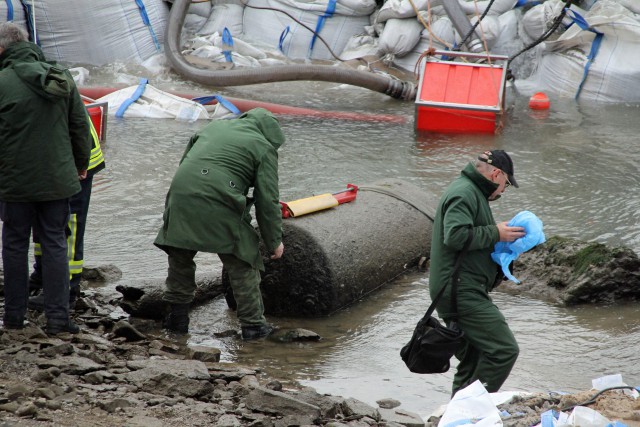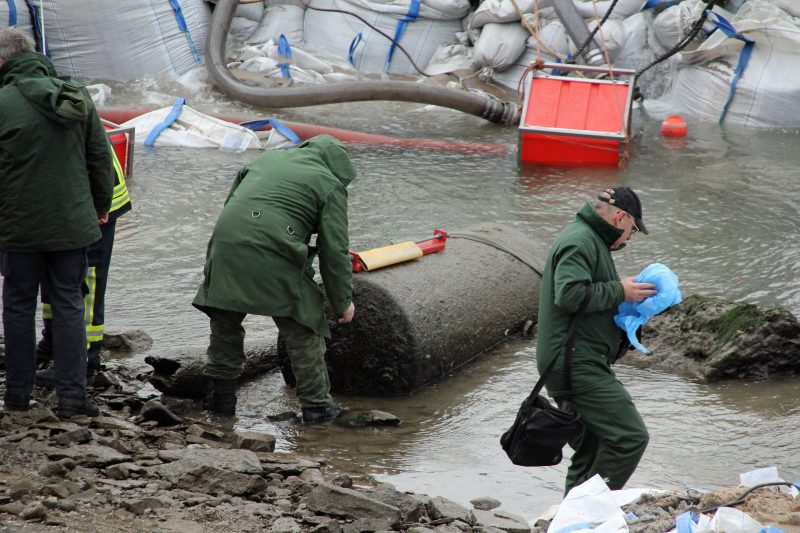
Unexploded ordnance still haunts Germany’s landscape after more than 70 years since the end of World War Two.
Records show that around 2000 tonnes of live weapons, ammunition and bombs are discovered every year in Germany.
Each has to be defused or undergo controlled detonation, but this causes enormous disruption to the local communities who have to be evacuated, and sometimes people are killed in the process of making the munitions safe.
A munitions expert from Berlin’s police force, Detlef Jaab, says that the older the munitions the more dangerous they are. Detlef has defused thousands of munitions over his almost 25 year police career.
Berlin’s bomb squad gathers the munitions they find over the year and stores them in a blasting ground in the nearby Grunewald forest. They are then detonated en-masse around eight times a year, to ensure they are safely disposed of.
Detlef says that there are estimated to be around 2,500 bombs buried in and around Berlin along with even more artillery shells. So far Berlin’s police force has found almost 1,500 bombs since 1948.
The bombs and munitions were left over after the war, since Berlin was the main target for Allied air bombing during the war. That was compounded by the Red Army’s onslaught during the Battle of Berlin, just before the end of the war.
Germany was attacked with around 1.5 million tonnes of bombs dropped by Allied warplanes. It is thought that around 600,000 people were killed during the bombing raids. Around 15 percent of the bombs failed to explode and instead buried themselves in the ground on impact.
Most of the unexploded ordnance is found by building planners who have to study war time maps, to identify where bombs might be located. Others are found by construction workers or even by people simply digging in their back gardens. Farmers also turn up large bombs in their fields.
Some of the bombs can be located using aerial photography which shows anomalies on the ground surface. Other ways of finding them include dredging water sites such as canals and lakes.
The Allied air attacks were in response to Germany’s air bombing raids on England and other European countries, The Express Tribune reports.
While deaths from the bombs are few and far between now, most recently three bomb experts were killed in 2010 in Goettingen whilst defusing a 1,000 lb bomb. While just last year a builder was killed as his power shovel hit 4,000 lb bomb that was buried under the ground in Euskirchen.
Almost every week a bomb is found in Germany, and now the Germans take it as a part of their everyday lives. Many German children have grown up playing in bomb craters and many houses also have to declare bomb damage.
